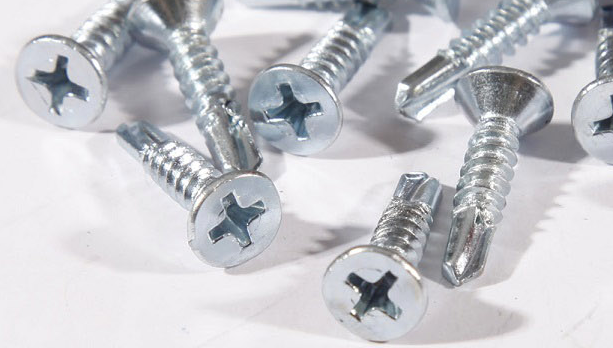The Importance of Selecting Appropriate Fasteners in Aircraft Structural Design and Engineering Processes
Understanding Aircraft Structural Fasteners
Aircraft structural fasteners are critical components that play a vital role in ensuring the safety, integrity, and performance of an aircraft. Fasteners, which include bolts, nuts, rivets, and more, are essential for assembling and maintaining various parts of an aircraft structure. Given the demanding nature of aviation, these fasteners are engineered to withstand extreme environmental conditions, heavy loads, and fatigue over time.
Types of Aircraft Fasteners
1. Rivets Historically, rivets have been the backbone of aircraft construction, especially in older models. They create permanent joints by deforming the rivet's end to hold two or more pieces of material together. Aluminum rivets are commonly used in airframes due to their lightweight and resistance to corrosion. However, the use of rivets has seen a decline with the advent of modern manufacturing techniques.
2. Bolts and Nuts Bolts are widely used in modern aircraft designs, paired with nuts to form secure, removable connections. Aircraft bolts come in various grades, with specifications delineated by organizations like the Aerospace Industries Association (AIA). They are typically made from high-strength materials and can be treated to resist corrosion and fatigue.
3. Self-locking Fasteners These fasteners use unique designs or materials to prevent loosening due to vibration. They are particularly useful in high-vibration environments, such as engines or rotor systems, where conventional fasteners might fail.
4. Video and Turnlock Fasteners These fasteners allow for quick access to different compartments of the aircraft, facilitating easier maintenance and inspection. Turnlock fasteners, commonly used in access panels, enable rapid deployment and re-securement.
aircraft structural fasteners

Manufacturing Standards
The production of aircraft fasteners is subject to rigorous standards to ensure safety and reliability. Organizations such as the FAA (Federal Aviation Administration) and EASA (European Union Aviation Safety Agency) establish guidelines that manufacturers must adhere to. Additionally, materials used in fasteners are often selected based on their strength-to-weight ratio, resistance to fatigue, and environmental performance.
Fasteners undergo various tests, including tensile, shear, and impact tests, to assure their performance under different conditions. For instance, a fastener used in a wing structure must endure significant aerodynamic forces and potentially explosive decompression during flight, making material selection and manufacturing processes critical.
Maintenance and Inspection
Regular inspection and maintenance of fasteners are essential for aviation safety. Engineers use non-destructive testing methods such as ultrasonic testing or dye penetrant inspection to detect any flaws or corrosion that could compromise the integrity of fasteners. Furthermore, scheduled maintenance checks allow for the replacement of worn or damaged fasteners, thereby preventing potential failures.
Conclusion
In conclusion, aircraft structural fasteners are integral to the overall safety and functionality of aviation. As technology continues to advance, the design and materials used for fasteners will inevitably evolve, focusing on weight reduction, enhanced strength, and increased durability. Ensuring the right selection, installation, and maintenance of these fasteners is paramount in aviation, underscoring their role in building the confidence needed for flight in an ever-evolving landscape. The continual development in fastener technology reflects the dynamic nature of aerospace engineering, where every detail matters for the ultimate goal of safety and performance in the skies.
-
Weatherproof Plastic Expansion Anchors for OutdoorIzindabaJun.06,2025
-
Sustainability in the Supply Chain: Eco-Friendly TEK Screws ProductionIzindabaJun.06,2025
-
Load-Bearing Capacity of External Insulation FixingsIzindabaJun.06,2025
-
Double Head Bolts: Enhancing Efficiency in Industrial MachineryIzindabaJun.06,2025
-
Corrosion Resistance in Chipboard Screws: Coatings for Wholesale DurabilityIzindabaJun.06,2025
-
Butterfly Toggle Bolts : Enhancing Structural ResilienceIzindabaJun.06,2025
